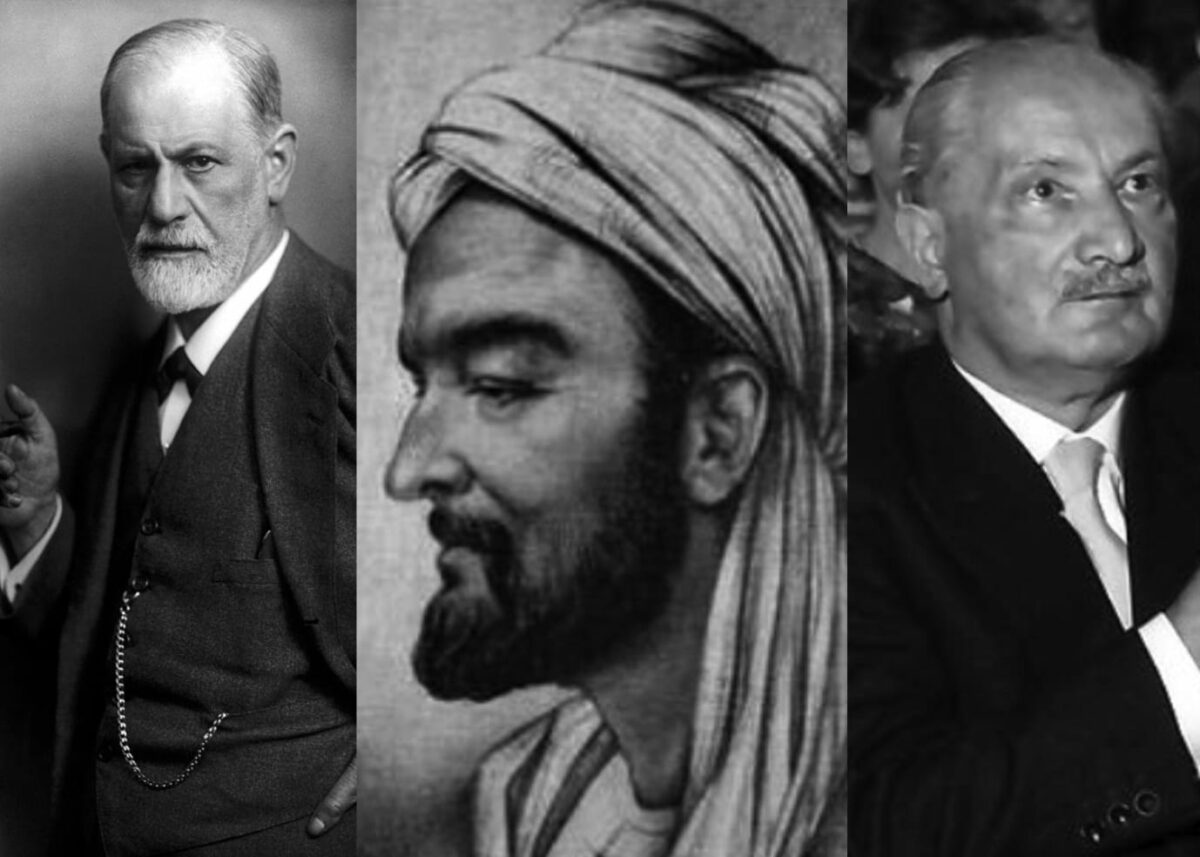Actually, the scope of sociology itself is very broad because it covers almost all fields in people’s lives. Such as economics, education, politics, religion, or culture. And of course all these fields are seen from a sociological perspective.
The majority of science has its own theory. Like medical science, for example, it must have a theory on how to carry out disease examinations on patients. Likewise, sociology has a theory to explain various things that happen in society.
Each theory has its own level of certainty. Generally, natural science theories have a higher degree of certainty than social sciences. In social science, theory is more subjective which depends on the point of view of seeing a phenomenon.
3 Main Theories of Sociology
In addition, social reality is always changing from time to time, so a social science theory rarely changes. Until there is no other theory that can prove otherwise, a social science theory will not change at all.
1. Symbolic Interactionism
Symbolic Interactionism is a combination of the thoughts of George Herbert Mead, Herbert Blumer, and Max Weber. The first theory analyzes society based on the subjective meaning of an individual in social interaction.
This theory also assumes that individual actions tend to be based on things that are believed, not objectively true. This belief is what is referred to as the product of the represented social construction. The result of this interpretation is then known as the situation.
Symbolic interactionism is a part of micro-sociological theory because its analysis is based on individual aspects. The concept of this theory also tends to have a tendency to deal with one’s identity.
2. Conflict
Conflict theory assumes that differences in the interests of social classes result in conflictual social relations. This theory was initiated by Karl Marx.
Social inequality is created because of the unequal distribution of wealth so that when the gap gets worse, the potential for conflict to arise is even greater.
The social class referred to here is the proletariat and the bourgeoisie. The first group is the working class or people who have no control over resources. Meanwhile, the second group controls the resources because they have large capital.
From the two classes, it is clear that the interests and goals of the two are very different. The proletariat wants wealth to be evenly distributed. While the bourgeoisie actually wants to increase power or maintain the power it already has.
The friction between these two groups if left unchecked will trigger a revolution. Especially when coupled with class consciousness that makes the proletariat know that they have actually been exploited.
3. Structural Functionalism
The last theory was born from Emile Durkheim. He has the imagination that society is an organism consisting of various components, these components influence each other so that they can function continuously.
Structural functionalism emphasizes that society is composed of structural systems that have their own roles. Therefore, the result of the overall system that runs can create social stability.
In this theory, social institutions will survive as long as they function properly. If there is a malfunction, then the institution will slowly disappear.
In addition, there must be good cooperation among social institutions (such as government, religion, economy, education, family, media, etc.) so that the system can be maintained.


